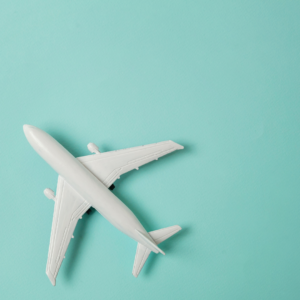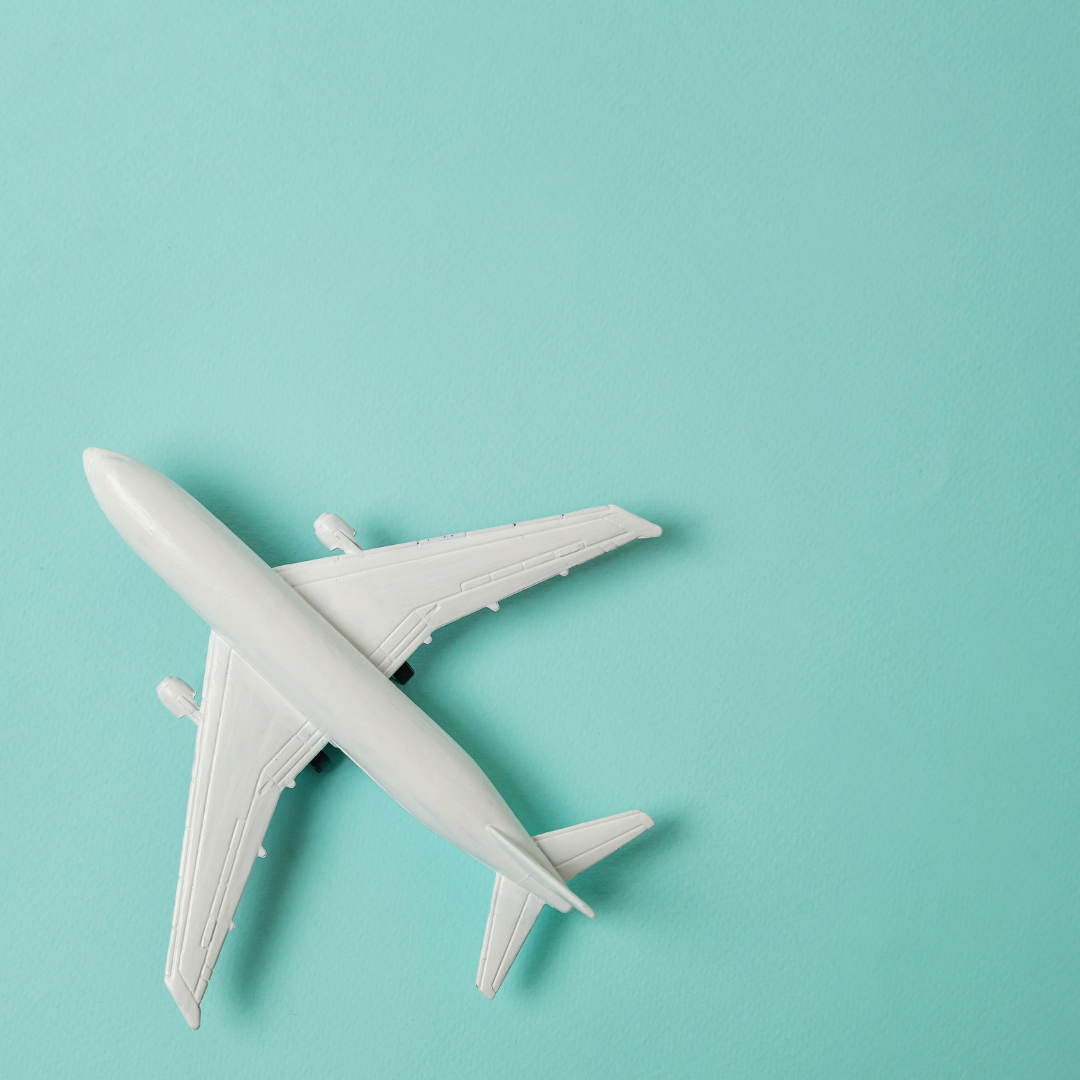Katie Blackmon

In 1933, Franklin D Roosevelt famously said during his inaugural address, “We have nothing to fear but fear itself.” The sentiment was no doubt intended to bolster public morale and to encourage a sense of triumph in the face of adversity. It may be difficult to connect with this ideal in 2023 when there are plenty of very real, visible issues to fear.
The Oxford English Dictionary defines fear as ‘the emotion of pain or uneasiness caused by the sense of impending danger, or by the prospect of some possible evil.’ Heavy stuff. The original purpose of fear (through centuries of evolution) was to preserve life, both as individuals and as a wider species. You may have heard of the classic ‘fight or flight’ response, where we either run for the hills, or stay and defend ourselves. Whether this takes the form of a physical altercation or a tense boardroom meeting – the outcome is the same. Do we ditch and run? Or stay and fight to survive?
The part of the brain responsible for this automatic decision is the amygdala, which are clusters of almond shaped cells found at the base of the brain. They inform other parts of the brain to either face the impending threat or get away from it – quick! After a burst of adrenaline is released into the body, a rapid succession of physical changes take place, including perspiration, raised heartbeat and tense muscles. Before our body responds, there is also a moment of paralysis. During this ‘frozen’ state, the body prepares to take action and starts to make the physical changes mentioned above. I find it very interesting that at such high stakes moments, our logical selves do not get a look in. Our response to fear is not rational at all – it’s instinctual. Anyone who has screamed at a sudden loud noise, then burst out laughing once realising all is well, will know this. We can’t always control our reaction to fear and that in itself has the potential to cause problems.
It is estimated that 8 million people in the U.K are living with an anxiety disorder at any one time, with 1 in 6 of those experiencing GAD (Generalised Anxiety Disorder). Worryingly, it is also estimated that only 50% of these people will access support for their anxiety. That strikes me as an awful lot of people living with (or in) fear.
There are several categories of anxiety disorder, including, obsessive-compulsive disorder, agoraphobia, social phobia and post-traumatic stress disorder. I would guess that everyone reading this will either have their own personal experience of anxiety or know someone in their immediate circle of family or friends who has. Fear never seems to be far away. It’s easy to understand why to a certain extent, living in an age where we have unlimited access to knowledge … and opinion.
If you have your phone handy, try a quick experiment with me now. Open a social media app – any of your choice. Set a 1 minute timer and scroll away…
Still scrolling? Ah, I’ve lost some of you in a TikTok hole. I’ll wait…
All back now? Good!
Ok, so in that 1 minute (or 20, let’s be honest, I ignored the timer) of scrolling what did you encounter? Did you read, hear or see anything that could be perceived as spreading misinformation, suspicion or fear? I certainly did. After lingering slightly too long on a clip of a plane landing, (literally 2 seconds worth) I was then inundated with disaster videos of plane crashes, screaming passengers and conspiracy theories about flight MH370. And of course, as you can probably guess, flying is one of my greatest phobias.
If you’ve ever experienced a panic attack, you will know that they feel like the ‘sky is falling down’ but you’re the only one that can see it. My friend describes this as Chicken Little syndrome. There’s nothing actually wrong but at the same time – everything appears to be crashing down. A common assertion after a panic attack is to say, “I thought I was dying!” I myself thought I understood the basics of what a panic attack entailed pretty well. I had seen them happen to other people more than once. I had even been the first person on the scene to comfort and support them. I thought I had experienced 2 panic attacks in my lifetime, both of which followed a similar pattern of hysteria, tears, some shallow breathing and then resolution.
I thought all of this – until I had a panic attack. Now I realise that I was completely misinformed as to the symptoms and signs of what a ‘silent’ panic attack could be. By ‘silent,’ I mean when there is no obvious trigger or upsetting circumstance directly before the symptoms start. In fact, I was happily cooking something mundane in my own kitchen with the radio cheerfully on in the background. Nothing out of the norm and certainly nothing to panic about. Suddenly, I felt my right hand tingle and a strange pins and needles sensation began to travel up my right arm. Odd – but not overly alarming. Next, a wave of intense dizziness swept over me with alternating hot and cold flashes which left me trembling and feeling very off balance. By this point, I was definitely worried but it is important to note that there were still no tears. Not even the classic tight chest and shallow breathing. Nothing in me recognised this as a panic attack. It just didn’t resonate as fear.
In case you are reading this thinking, I would have rung 111 or gone to A&E straight away, that course of action is always appropriate when worrying symptoms appear out of the blue. However, in this particular case, it was confirmed that I was indeed having a panic attack. I was absolutely floored by this. The strange symptoms lingered for a few days longer, along with a (grossly delayed!) reservoir’s worth of tears and I was shocked at how I had never understood how my body could store tension and then release it in such a dramatic way and in a completely ordinary moment.
If you, or someone you know, are experiencing symptoms of anxiety or panic attacks, then Anxiety UK have a helpline that can signpost support. http://mind.org.uk/ also contain helpful links and information on this subject.
And for anyone else (like me) who didn’t fully understand the symptoms and signs of panic vs anxiety – here they are.
Signs of Panic:
- Sense of impending doom or danger
- fear of loss of control or death
- Rapid pounding heartrate
- Sweating
- Trembling or shaking
- shortness of breath or tightness in your throat
- chills
- hot flashes
- nausea
- abdominal cramping
- chest pain
- headache
- dizziness, light-headedness or faintness
- numbness or tingling sensation
- feeling of unreality or detachment
- restlessness, feeling wound-up or on-edge
- being easily fatigued
- difficulty concentrating or mind going blank
- irritability
- muscle tension
- difficulty controlling worries
- sleep problems
Anxiety UK
Advice and support for people living with anxiety.
03444 775 774 (helpline)
07537 416 905 (text)
www.anxietyuk.org.uk

